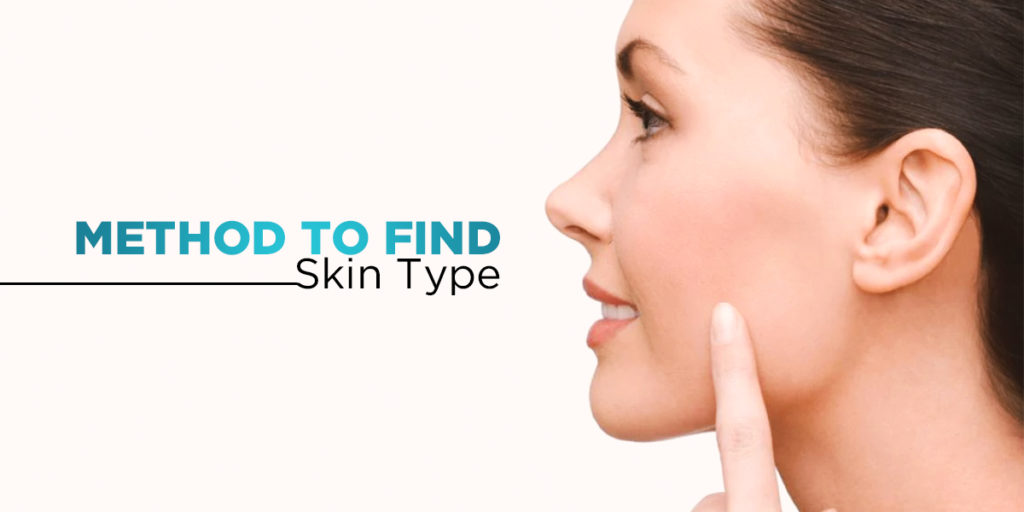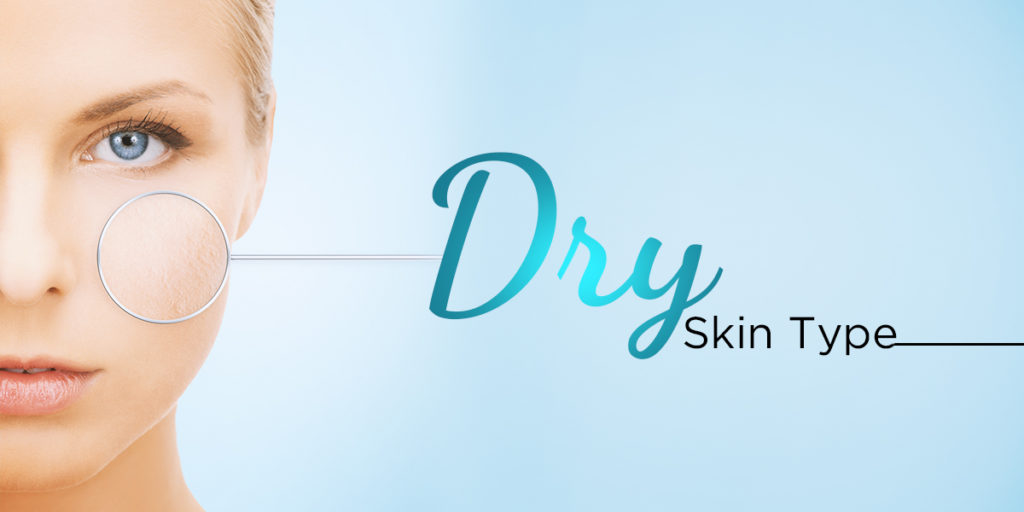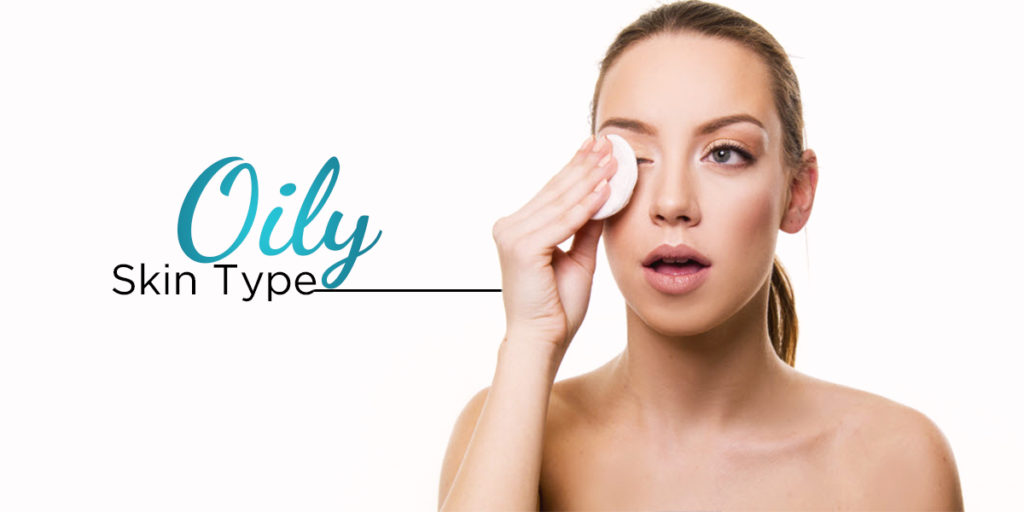How to Figure Out Your Skin Type

Did you also have a common question about how to know your skin type? Me too!!!!
But do you know how to search for the exact answer to this question? If no, then just start giggling with me, and let’s talk about this topic, maybe we may find the answer.
The initial step is to take good care of the skin to understand what it likes. Therefore, we can understand our skin type and how it adapts to seasonal circumstances.
Skin is the largest organ of our body & as smart as our other’s organ. It knows how to react but at the same time, we have to understand on which it reacts.

How to get to know your skin type?
Sometimes, it happens that some cleansers, moisturizers which don’t suit our skin and react completely opposite. We should make a count of what actually suits our skin. However, we’ll be able to identify what our skin likes to have on it.
Therefore, taking time to learn about our skin’s specific needs will help us to choose the right options. Moreover, that right option will balance skin resulting in a healthier, more radiant complexion.
Every person has a unique skin type. However, there are some common skin types such as Normal skin, Combination skin, Dry skin, Oily skin, Sensitive skin, etc. Let’s resolve how to know your skin type?
Let’s try 2 easy ways to identify the skin’s type:
● THE BARE-FACED METHOD
Clean your face with a mild cleanser and tenderly wipe it off. Leave skin open to the air. Following 30 minutes, look at your cheeks, jawline, nose, and temple for any sparkle.
After an additional 30 minutes, assess whether your skin feels dry, particularly when you grin or at outward appearances. If you feel the tightening on your face then you have dry skin. Therefore, if there is an observable gleam on your nose and brow, your skin is generally likely normal/ combination.
If there is a beam on your cheeks notwithstanding your brow and nose, you in all likelihood have Oily skin
● THE BLOTTING SHEET METHOD
This strategy is a lot quicker and regularly an astounding differentiator among oily and dry skin types.
Delicately pat a blotting paper on the various zones of your face. Hold the sheet up to your face to measure the quantity of oil. If the sheet got practically zero oil, you doubtlessly have dry skin. However, if the sheet uncovers oil from the temple and nose territories, your skin is normal/combination. At last, if the blotting paper is filled with oil, all things considered, you have oily skin.
Skin type
- DRY SKIN TYPE
Dry skin can feel tight for the duration of the day and may encounter observable chipping. It is to a great extent because of hereditary qualities, natural factors. For instance, way of life and diet, hormonal changes, and environment. Dehydration is additionally the main source of dry skin. Therefore, everyone advises us to drink a lot of water. However, dodging diuretics like liquor and caffeine can have a critical effect on how your skin feels and looks.

Everyday exfoliation with delicate, non-rough ingredients to help advance skin cell turnover without eliminating skin’s normal oils. An extra layer of dead skin, serums, and medicines will be maintained all the while without any problem.
However, the best lotions for dry skin are those containing hyaluronic corrosive, glycerin, and marine actives. Therefore, in light of their capacity to pull in water and convey it straightforwardly to skin cells. Emollients, including squalane and camellia oil, help smooth and hydrate your skin equitably and adequately.
- NORMAL/COMBINATION SKIN TYPE
Individuals with normal/combination skin frequently experience dryness on the cheeks. Therefore, making it is important to have a moisturizer that isn’t as excessively hefty yet enough to hold dampness.
Those with normal skin are not inclined to breakouts on their cheeks and generally have damp t-zone. Delicate, everyday peeling is additionally imperative to keep the t-zone and cheek regions adjusted. Moisturizers with a gel-like surface are retained all the more rapidly and less inclined to cause breakouts. Start with a modest quantity and increment depending on the situation to abstain from over-saturating and focusing on the skin.
- OILY SKIN TYPE
Overabundance oil can frequently leave pores blocked and stopped up. The good news is that oily skin looks more youthful and more flexible. However, it has more regular dampness and is less inclined to wrinkle.

Everyday enzymatic exfoliation is fundamental to advance cell turnover and forestall sebum development in pores. A delicate physical exfoliator is likewise helpful for adjusting the tone and surface of your skin.
Oilier skin is inclined to PIH (post-incendiary hyperpigmentation), which leaves dim spots on the skin after a breakout has mended. Shedding will likewise help these dull spots by cleaning away the highest layers of skin and uncovering new cells. Those with moderate to extreme acne breakouts ought to consider utilizing an exfoliator. However, exfoliators incorporate bacterial fixings to speed mending and forestall future flaws.
Conclusion
Our skin’s requirements can change over the long run. However, finding a way to best distinguish its necessities is fundamental. Remembering the strength of your skin and “checking in” routinely. Therefore, this process will help to decide if any acclimations to your present customers are required.
I hope we’ve discussed the best way to locate your actual skin type. However, in case you’re actually asking yourself, “how to know your skin type?” don’t go it single-handedly. We’re here to help! Timetable a virtual counsel with one of our estheticians to get master, customized exhortation.
Your esthetician will converse with you about your skin health management concerns, including diet, way of life, and history. Toward the finish of your conference, you will know your right sort and will get a customized treatment plan.
